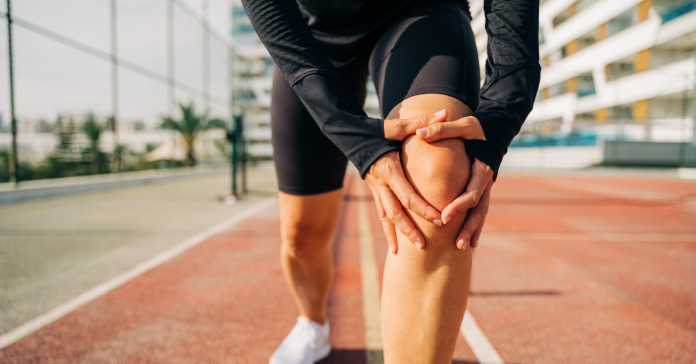Certainly, it’s normal to feel tightness in your hamstrings, soreness in your quads, or even stiffness in your calves after a challenging run. However, unexpected discomfort like a sore left shoulder or a persistent knot in your lower back can catch you off guard. Fortunately, there are simple adjustments you can make to your posture or gear that can help alleviate these issues. In this guide, we’ll discuss some of the common complaints that runners experience and provide easy solutions to address them.
1) A Knot In Your Neck
Switching to the right gear can often alleviate neck pain. If you’re a woman, an improperly fitting sports bra could be the culprit, especially for those with larger busts. The bouncing motion during running might strain your neck or upper back. Consider trying a bra with encapsulation or compression-style support for better comfort. It’s important to pay attention to how your clothing feels while in motion; what feels good in the dressing room may not be suitable for running.
2) Tight Ribcage
Many of us tend to tense up and slouch due to excessive computer or phone use. However, it’s important to focus on expanding your rib cage.
To achieve this, swing your arms straight back when running instead of across your body. Imagine reaching your hands forward while pushing your elbows backward. This technique relaxes your shoulder blades, keeps your fingertips loose, and improves breathing efficiency.
3) Sore Shoulder
If you’re experiencing soreness on one side, consider your running habits: Are you consistently holding your phone in one hand, like your right hand? Clenching something in your fist, even a small item like a car key, can cause tension to travel up your arm, resulting in shoulder soreness.
The solution is straightforward: Use a sleeve or pack to carry your phone or keys, or switch hands while running.
4) Tight Lower Back
Many individuals tend to arch their lower back while running, particularly when fatigued. Instead of extending their hip joints, runners often extend their lower backs to move their upper legs behind them. This issue typically arises towards the end of a run when fatigue sets in. If you consistently experience tightness in your lower back during long runs, it indicates a breakdown in your proper running posture. In such cases, reducing your mileage or enhancing your strength and mobility is advisable to support your running better.
To relieve the tightness in your lower back while running, prioritize improving hip mobility, ensuring it moves independently from your spine.
5) Aching Knees
Many runners tend to overstride, which often results in sore knees after a run. One aspect of addressing this issue is to concentrate on the earlier mentioned technique of ‘sending arms back rather than across your body.’ This is because when you vigorously swing your arms forward, your legs also swing farther forward. However, by directing your arms to swing more behind you and less in front of you, you not only improve your breathing but also prompt your body to be more efficient. This results in reduced impact on the knee joints, alleviating stress and discomfort.


